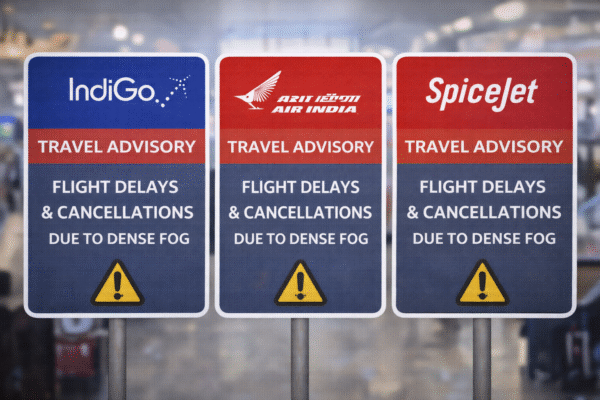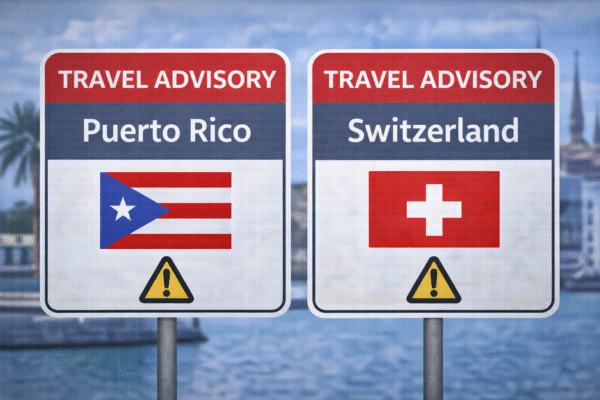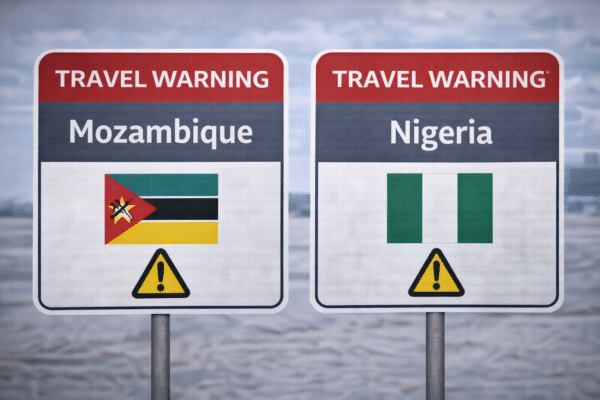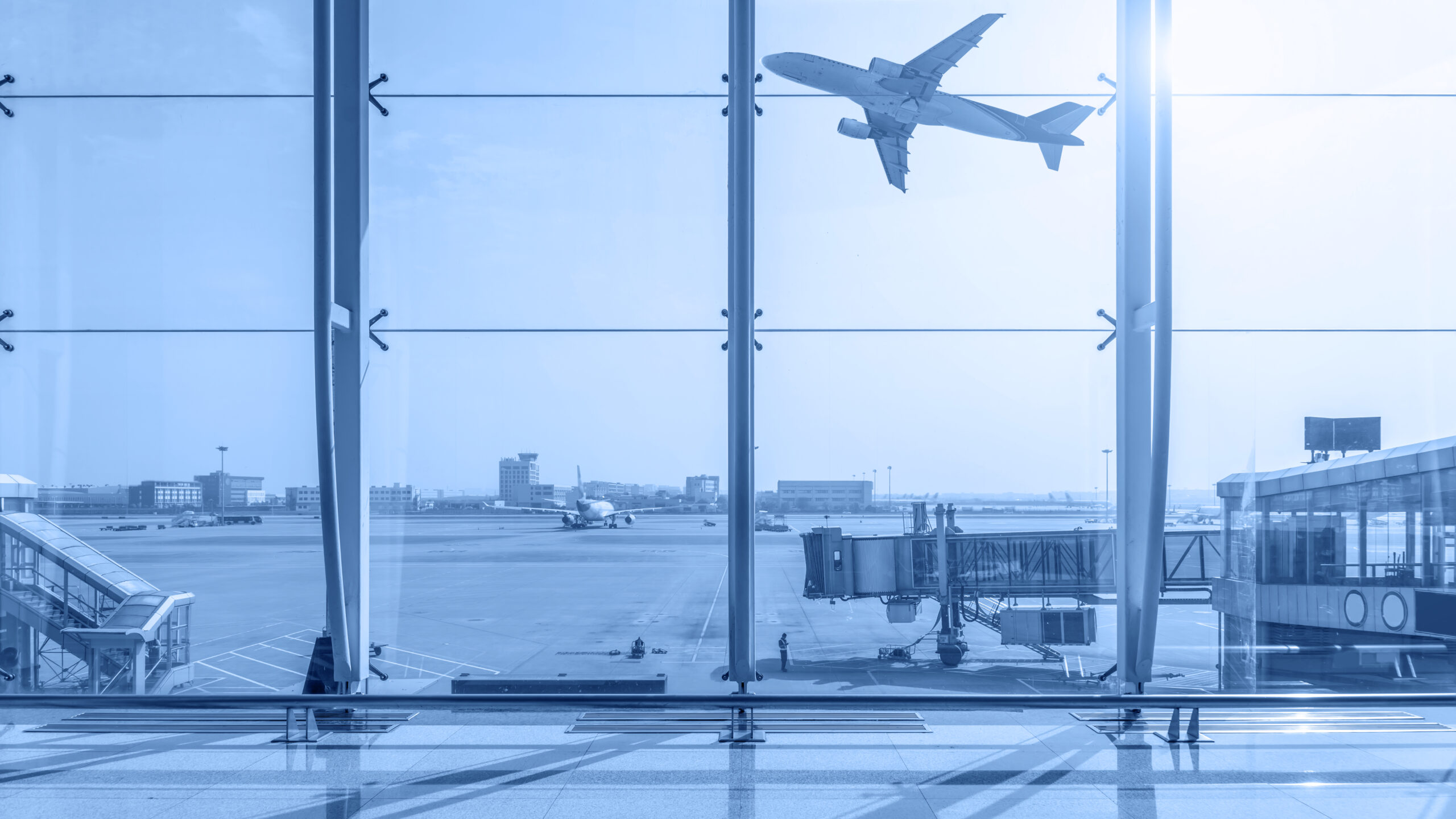HANOI, Vietnam – In a rare but serious incident, two Vietnam Airlines aircraft collided while taxiing at Noi Bai International Airport on June 27, 2025, triggering a swift response by aviation authorities and a full-scale investigation into ground operation safety. Fortunately, all 386 passengers aboard both planes were safely evacuated, and there were no injuries reported.
The incident occurred around 2:00 PM local time when a Vietnam Airlines Boeing 787-9 Dreamliner, designated VN-A863 and bound for Ho Chi Minh City, collided with the tail section of an Airbus A321 (VN-A338), which was scheduled to depart for Dien Bien. The collision took place near the intersection of taxiways S3 and S, leading to visible damage to both aircraft and scattered debris on the runway apron.
Immediate Response by Ground Staff and Airline
Airport ground crews and airline staff acted promptly to contain the situation. Emergency services responded immediately, safely escorting the 259 passengers from the Dreamliner and 127 from the Airbus back to Terminal 1. Baggage was returned, and passengers were quickly rebooked on alternative flights to minimize disruptions.
Vietnam Airlines emphasized its commitment to passenger welfare, providing on-the-spot customer service support, meal vouchers, and travel rebooking options. Ground operations were briefly suspended but resumed shortly after both aircraft were moved to remote stands for technical assessment.
Taxiways S and S3 were temporarily closed for cleanup and debris removal, and were reopened once deemed safe for operation. The swift containment ensured limited delays across other departing and arriving flights.
Preliminary Investigation and Operational Findings
The Vietnam Civil Aviation Authority (CAAV), in coordination with Noi Bai airport management and other agencies, launched an immediate probe into the causes of the collision. Preliminary reports suggest that the Airbus A321 may not have been positioned correctly at its designated holding point while awaiting takeoff clearance.
Authorities have not ruled out the possibility of human error or lapses in communication between flight crews and ground control. As part of standard procedure, four pilots involved in the incident have been temporarily suspended pending the outcome of the investigation.
“Our top priority remains ensuring the safety of passengers, aircrew, and airport operations,” said a CAAV spokesperson. “This event underscores the need for ongoing vigilance and strict adherence to taxiing protocols during high-traffic periods.”
Damage Assessment and Technical Review
Initial inspections confirmed damage to the Boeing 787’s right wingtip and significant impact to the Airbus’s vertical stabilizer. Both aircraft will undergo comprehensive structural assessment before being cleared for future use.
While no passengers were physically harmed, aviation experts stress that such taxiing collisions—though rare—warrant close scrutiny due to the potential risks posed on congested airfields.
Vietnam Airlines assured the public of its full cooperation with investigators and its commitment to improving operational safety standards following the event.
Passenger Communication and Recovery Measures
Despite the potential for widespread disruption, Vietnam Airlines and Noi Bai Airport’s coordinated response helped mitigate impact. Affected passengers praised staff efforts to facilitate rebookings and updates. Those with onward international connections were prioritized for rescheduling on alternate partner flights.
Passengers waiting in terminals were kept informed via announcements, while those stranded overnight were provided hotel accommodations, food, and transportation.
Aviation Safety and Industry Implications
This ground incident reignites discussions across the aviation sector regarding taxiway congestion, ground crew training, and aircraft routing at major hubs. With Noi Bai handling over 30 million passengers annually, the demand for robust ground safety procedures continues to rise.
Experts suggest that future safety enhancements may include:
- Improved real-time aircraft positioning systems
- Enhanced ground crew training on spatial awareness
- Clearer taxiing signage and lighting on intersecting runways
- Increased communication between cockpit crew and ground control
The CAAV may also consider updates to standard operating procedures (SOPs) for taxiway usage during simultaneous aircraft movement to prevent overlap.
Vietnam’s Broader Aviation Landscape
Vietnam’s aviation sector has experienced rapid growth in recent years, with Noi Bai International Airport serving as a crucial hub. As air traffic volumes return to pre-pandemic levels, authorities are under pressure to ensure infrastructure keeps pace with growing demand.
The government has already announced plans to expand Noi Bai’s capacity, including upgrades to terminals, taxiways, and control towers. Following this incident, safety protocols are expected to become a greater focus of infrastructure investments and regulatory oversight.
Conclusion: A Call to Elevate Operational Safety
While the June 27 ground collision at Hanoi’s Noi Bai Airport could have had far more serious consequences, the incident was managed efficiently, and all passengers were unharmed. The event serves as a stark reminder of the operational risks present at busy international hubs and highlights the importance of precise ground control and adherence to procedure.
As the aviation sector prepares for record summer travel volumes, lessons learned from this incident will help inform safety measures across Vietnam’s airports. With the CAAV’s investigation underway, both travelers and aviation professionals will be closely watching how policy and operational protocols evolve in response.
Vietnam Airlines’ quick recovery response and full cooperation with authorities reflect its commitment to safety and passenger care—a priority as the airline continues to expand across domestic and regional routes.
For more travel news like this, keep reading Global Travel Wire



















